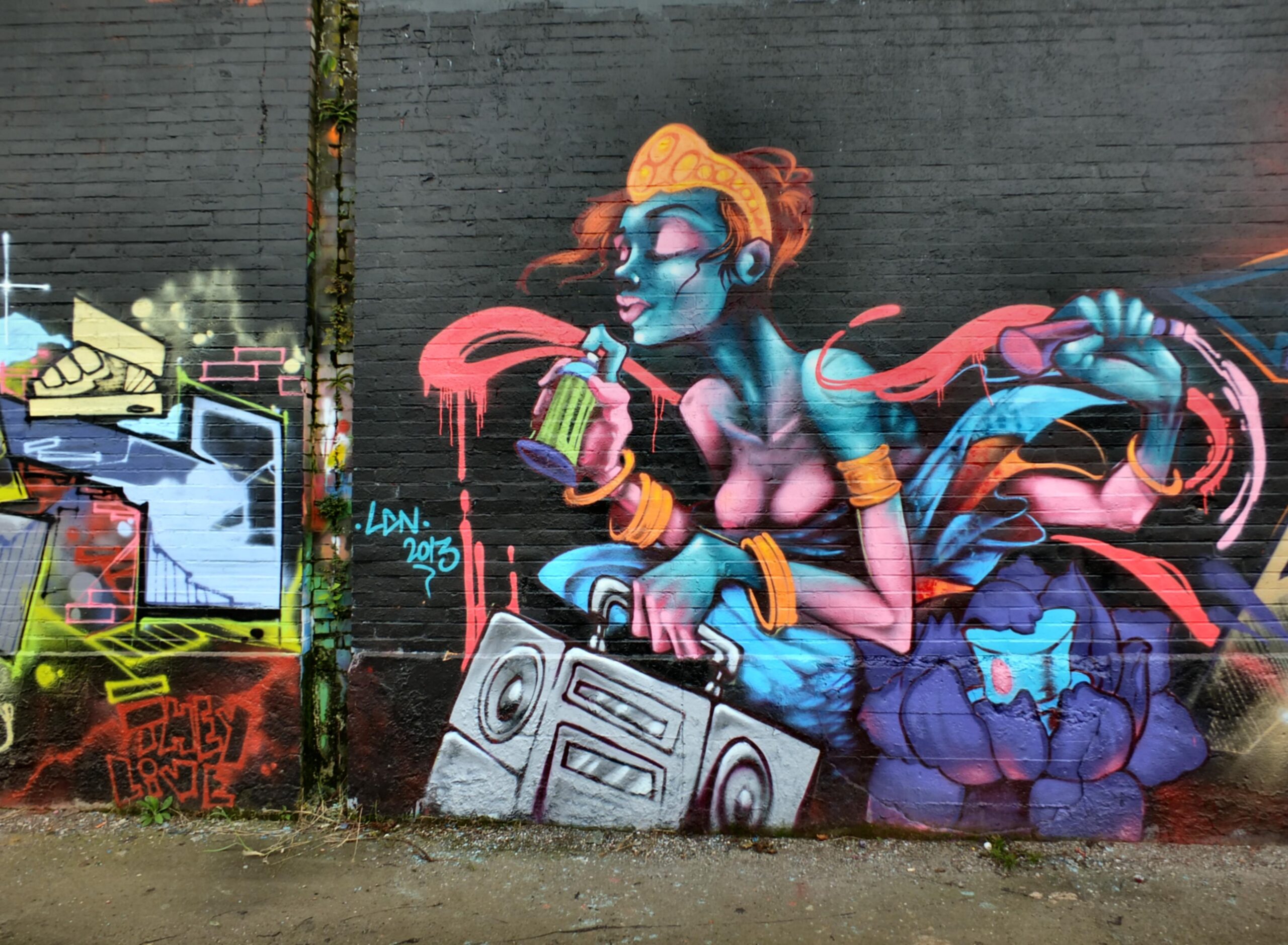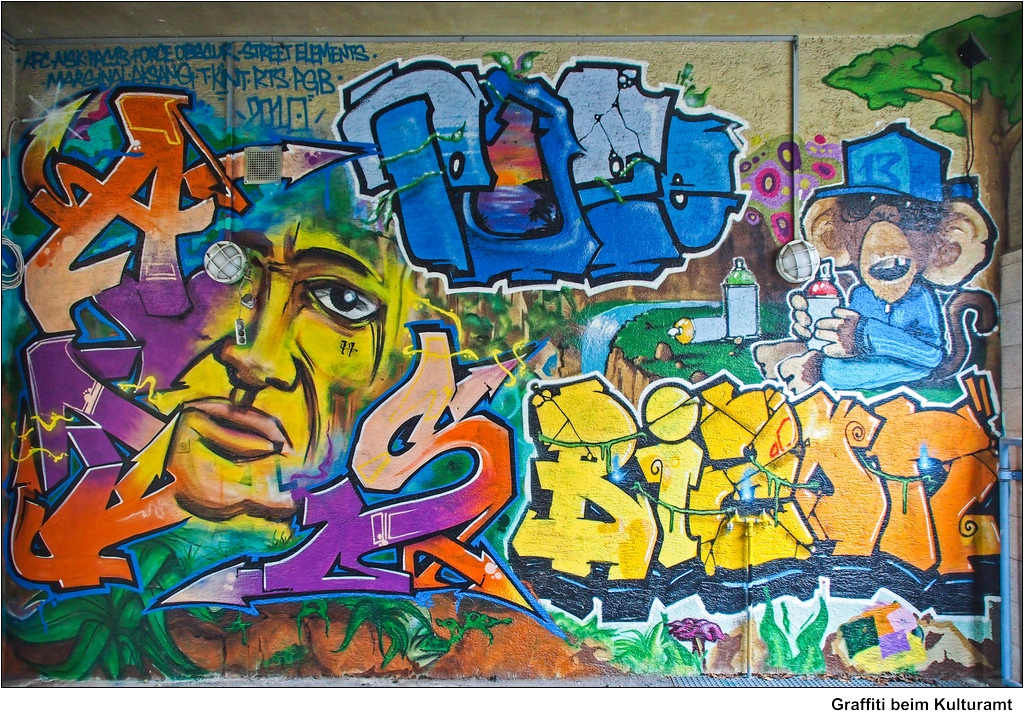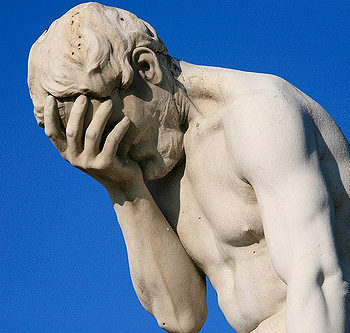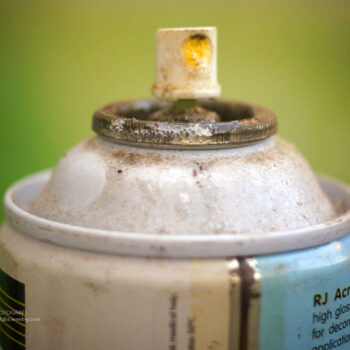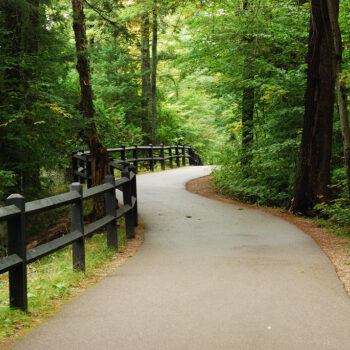Graffiti is a type of art which involves spray-paint and bright colors that express plenty of different things such as controversial topics, plain old names, and different doodles. This type of art is displayed all throughout both small towns and cities. As it should be, as well, allowed in all of these areas. Although viewed as repulsive by some, since it is often just useless words, graffiti is actually a legitimate art that often holds deeper meaning.

Although old graffiti used to be just tagging, over time, the deeper meaning behind this has evolved exponentially. “Like all other artistic forms, graffiti has experienced movements or changes in style.” (Source 3) For instance, “It can mean a colorful mural with a message of diversity or a black and white stencil piece protesting police brutality. In each case, graffiti art makes a statement.” (Source 3) As shown before, it is proven to no longer being useless, and has actually become a professional art.

Although, it is illegal, and often frowned upon in public spaces where it is not permitted. This is a valid point, however, it is important to see art within all things. This includes the bright colored tags and murals on park benches or the sides of buildings. Graffiti is often no longer useless, which is why we should not only appreciate the bright colored murals artists paint, but also try to uncover the deeper meaning. “Although tagging is the most common type of graffiti, there are bigger, more accomplished examples that appear on larger spaces, such as walls.” (Source 1). Graffiti should be permitted in cities and towns, especially if they are about current events, topics, and events. Artists have even, “been shown in various galleries in New York and London, and artists are often commissioned to do legal murals and other work for art shows.” (Source 3). This is a big step in the art of graffiti.
Many people think this is a viable solution. On the other hand, most criminals will still commit crimes even if it’s against the rules. The most developmental way to keep graffiti around, and keep it legal, is to have open public spaces for ‘criminals’ to paint their murals in public with permission rather than on a fence they are prohibited from spraying.
“Graffiti in Charleroi” by Gerard Stolk (vers l’Avent) is licensed under CC BY-NC 2.0.
“graffiti of cow bones in st kilda” by ajfisher.td is licensed under CC BY-NC-SA 2.0.
“Graffiti, Market St” by Salim Virji is licensed under CC BY-SA 2.0.

